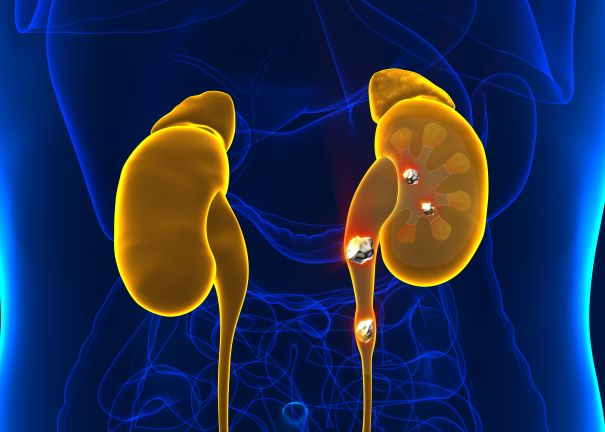Salts and minerals can build up in your kidneys and harden into stones. They might not make you feel sick until they reach the end of the tubes (ureters) carrying urine to the bladder. When it happens, it can cause severe pain, usually in the lower back.
How do kidney stones form?
Understanding the composition of kidney stones is crucial for their treatment, especially in Kidney Stones Treatment. Kidney stones typically form when there’s an imbalance of crystal-forming substances, such as calcium, oxalate, and uric acid, in the urine. If the urine lacks enough substances to prevent crystal adherence, stones are more likely to develop. These stones vary in size, with some growing as large as a pearl, causing intense pain as they travel through the urinary tract.
Factors that Influence the Treatment
The best way to treat a kidney stone often depends on the size, location, and type of stone, as well as the patient’s overall health and personal preferences. Some stones can be removed without surgery if they are small enough and don’t cause significant symptoms. Larger stones that cause serious symptoms or other problems may need more intense treatment.
Changes to the diet to help with treatment
No matter what kind of treatment, dietary changes are often a big part of dealing with kidney stones. Eating less spinach, chocolate, and coffee, which are all high in oxalates, and less sodium,can help. It is also a good idea to drink enough fluids so that your urine is clear. People with uric acid stones may need to eat less meat, fish, and shellfish, all high in purines.
Medical Management
Kidney stones can sometimes be treated with medicine. These can help you get rid of the stone or stop new ones from forming. For example, calcium stones can be treated with diuretics and phosphate solutions, while uric acid stones can be treated with medicines that lower the acid level in the urine.
Know more about – Improving Kidney Health Through Diet
Current Treatments for kidney stones
Medical researchers are working to improve technology and methods to give patients the best and least invasive Kidney Stones Treatment. These new treatments have changed how kidney stones are treated, making them more effective and letting people get better faster.
Non-invasive treatments
One of the biggest improvements in kidney stone treatment is non-invasive methods.
Extracorporeal Shock Wave Lithotripsy (ESWL): ESWL uses sound waves to break kidney stones into small pieces that can then pass through the urinary tract. It’s a simple procedure that doesn’t need hospitalization.
Ureteroscopy: If ESWL can’t break up a stone because it’s too big, a thin, lit tube called a ureteroscope can be put through the urethra, bladder, and into the ureter. Once the stone is found, special tools can be used to catch it or break it into small pieces that can pass in your urine.
Surgical Interventions
Mostly, methods that don’t hurt are preferred, but sometimes you need surgery. These are:
- Percutaneous Nephrolithotomy: If you have a bigger stone or other methods don’t work, a surgeon may need to make a small cut in your back to remove the stone.
- Robotic surgery, also called “robot-assisted surgery,” lets doctors do complicated procedures with more accuracy, flexibility, and control than with traditional methods. The surgeon makes a few small cuts in your abdomen and puts in tiny tools and a high-definition, three-dimensional camera to remove kidney stones.
Minimally invasive techniques
In the last few decades, technological advances have led to the development of minimally invasive ways to treat kidney stones:
- Laparoscopic stone surgery is not often used to remove kidney stones, but it may be a choice in some cases. Small cuts are made in the abdomen to remove the stones.
- Laser Lithotripsy: This method uses a laser to break the stones into smaller pieces that can then leave the body in the urine. Usually, this is part of a procedure called ureteroscopy.
Problems and New Ideas in Treating Kidney Stones in Children
Children can also get kidney stones, and because they are smaller, it is harder to treat them. Paediatric urologists often use the same treatment methods as adult urologists, but they have to consider how the child is growing and changing.
Kidney Stones Treatment has become easier to deal with because of progress in medical science. Reputed hospitals in Delhi, which have expert urologists and high-tech equipment, have made important contributions to this field and helped patients get better care. As technology improves, treatment success rates will likely keep going up, giving people with kidney stones relief and a better quality of life.



